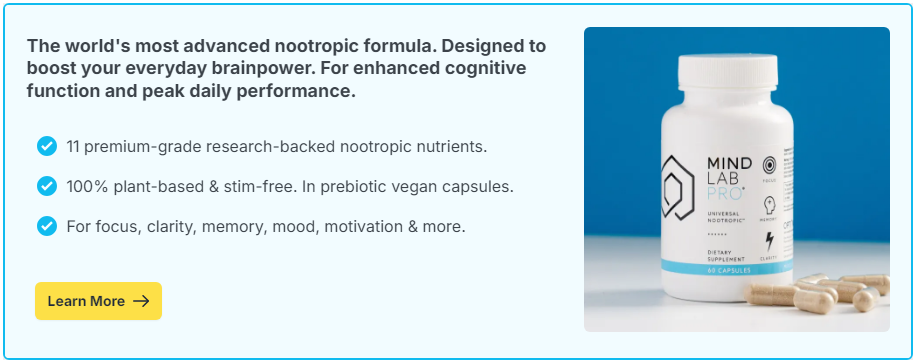
Yes, early research suggests that near-infrared light therapy, also known as photobiomodulation, may stimulate processes linked to brain repair by enhancing cellular energy production, reducing inflammation, and supporting neuroplasticity. However, evidence is still preliminary, and more clinical studies are needed before it can be considered an established treatment.
Contents
What Is Near-Infrared Light Therapy?
Near-infrared light therapy (NIR or photobiomodulation) involves exposing tissue to wavelengths of light between 700 and 1200 nanometers. Unlike visible light, these wavelengths penetrate deeply into biological tissues, including the skull, where they can reach parts of the brain. Devices range from medical-grade helmets and panels to handheld consumer products marketed for cognitive health.
How Light Reaches the Brain
Near-infrared light is able to pass through the scalp and skull due to its relatively long wavelength. While only a fraction of the light penetrates deeply enough to affect brain tissue, research suggests this may be sufficient to influence cellular processes in targeted areas such as the prefrontal cortex.
The Biological Mechanisms of Brain Repair
Photobiomodulation appears to act at the cellular level, primarily by interacting with mitochondria – the energy-producing organelles within neurons. Key mechanisms include:
- ATP production: Near-infrared light stimulates cytochrome c oxidase, an enzyme that enhances the production of adenosine triphosphate (ATP), boosting cellular energy.
- Reduced oxidative stress: By improving mitochondrial efficiency, NIR therapy lowers damaging free radical production.
- Anti-inflammatory effects: Reduces neuroinflammation, which is linked to cognitive decline and brain injury.
- Neuroplasticity: May promote the formation of new synaptic connections, supporting learning and recovery.
Research Evidence on Brain Health
Several promising studies suggest that NIR therapy has potential benefits:
- Traumatic brain injury (TBI): Small clinical trials report improved memory, mood, and executive function following treatment.
- Neurodegenerative conditions: Early studies suggest possible benefits for patients with Alzheimer’s disease and Parkinson’s, though results are preliminary.
- Mood and cognition: Pilot studies show improvements in attention, working memory, and emotional regulation in healthy adults after targeted NIR sessions.
- Animal models: Research on rodents shows increased neuronal survival and synaptic growth after brain injury when exposed to near-infrared light.
Potential Benefits
- Neuroprotection: Shields neurons from oxidative stress and inflammation.
- Cognitive enhancement: May improve focus, memory, and mood in both clinical and non-clinical populations.
- Recovery support: Could accelerate healing after stroke, concussion, or traumatic injury.
Limitations of the Evidence
Despite the promising findings, there are important limitations:
- Most studies are small, with limited sample sizes.
- Different devices use varying wavelengths, intensities, and protocols, making results difficult to compare.
- Long-term safety and effectiveness remain uncertain.
- Some reported benefits may be due to placebo effects or concurrent therapies.
Risks and Safety Considerations
NIR therapy is generally considered safe when applied at controlled intensities. However, risks include:
- Overexposure leading to tissue heating or discomfort.
- Use of unregulated consumer devices with inconsistent output.
- Relying on NIR therapy in place of proven treatments for serious conditions.
Practical Applications
Currently, NIR therapy is being studied in research and clinical settings rather than widely adopted as a mainstream treatment. Consumer devices marketed for brain health exist, but their effectiveness is unverified. If explored, NIR therapy should be considered experimental and used under professional supervision whenever possible.
Evidence-Based Alternatives for Brain Repair
- Exercise: Promotes neurogenesis and improves blood flow to the brain.
- Nutrition: Diets rich in omega-3 fatty acids, antioxidants, and B vitamins support repair mechanisms.
- Sleep: Deep sleep clears metabolic waste and supports neural recovery.
- Cognitive training: Learning new skills strengthens neuroplasticity and builds resilience.
Near-infrared light therapy may stimulate brain repair by boosting mitochondrial energy, reducing inflammation, and supporting neuroplasticity. While early findings are promising for conditions such as traumatic brain injury and cognitive decline, the therapy remains experimental, with limited large-scale evidence. For now, NIR should be viewed as a potential adjunct to – not a replacement for – proven brain health strategies such as exercise, sleep, and proper nutrition.

